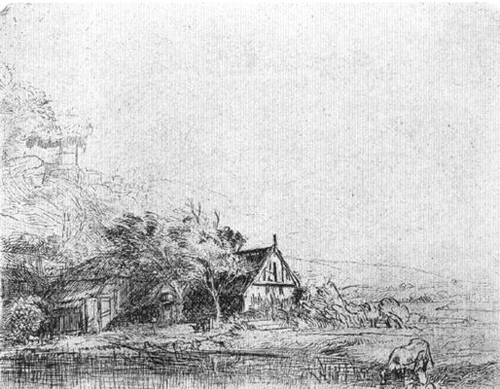Background
Drypoint is one of the oldest and simplest of printmaking processes. It is an intaglio process, since the ink is wiped into the low grooves that are scratched into the plate. In reality, drypoint is somewhat of a hybrid process between relief and intaglio because there is some physical roughness, a burr, on the edges of the scratched line that holds the ink as well. This burr produces a typically softened edge that quickly deteriorates with repeated runs through the press. The traditional drypoint plate is made of soft copper, whereas we will be using a much more modern material– plastic (Plexiglas).
Criteria/Supplies:
- Portrait or landscape orientation
- Plate material: plastic sheet (Plexiglas)
- Cutting instrument: etching needle
- Worked from photography or memory
Calendar
Monday 2/27: tutorial, brief, samples
Wed 2/29: initial comps and ideas
Friday 3/02-09: start scratching plates, make prints
3/12-16: spring break
Monday 3/19: finish prints, matting
Wed 3/21: final presentation
Turn in 3 final prints:
- black on white (or off-white) paper
- one-color on white (or off-white) paper
- multi-color (experimental)
Subject Matter/Theme Inspiration-pick one:
Homage to Rembrandt
1: Like Rembrandt, one of your subject matters could be your own face (self-portrait). For best results, take a photograph that is high contrast and employs dramatic lighting that emphasizes the features and three-dimensionality of your face. Feel free to add props to your self-portrait (hat, scarf, etc.)
2: Like Rembrandt, he found great inspiration in his surroundings, specially in nature—landscapes. Look around and find inspiration from a Texan landscape (windmills, farms, ranch, etc).



Add a Comment
You must be logged in to post a comment.